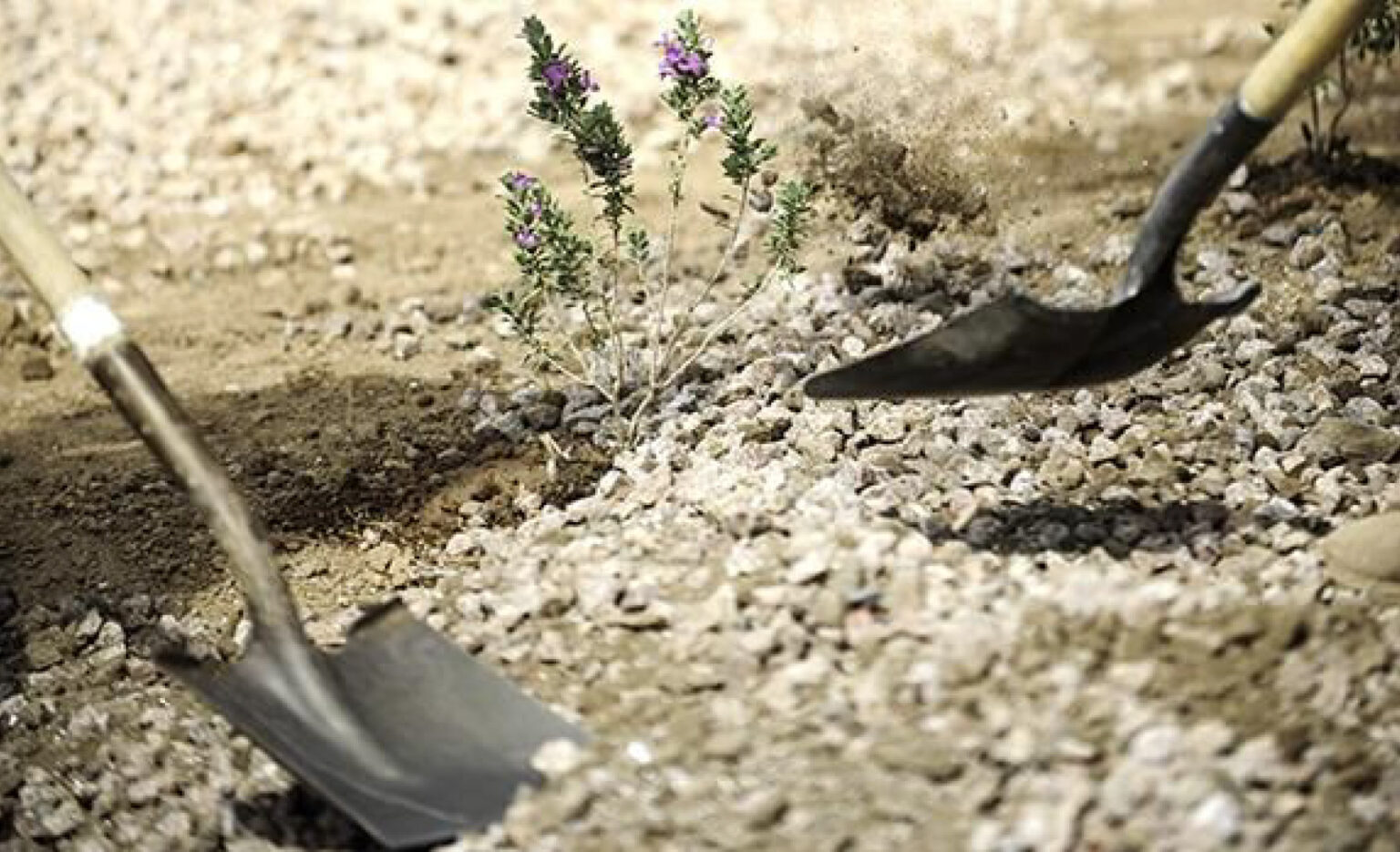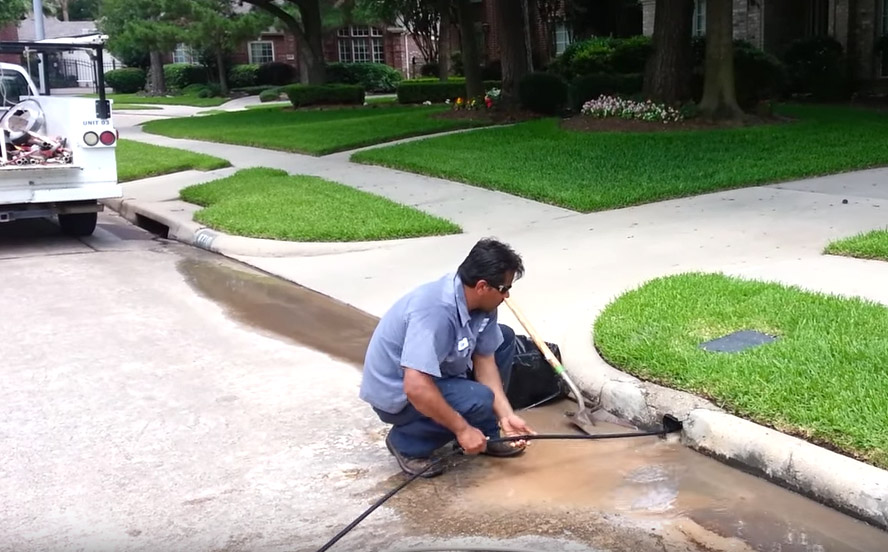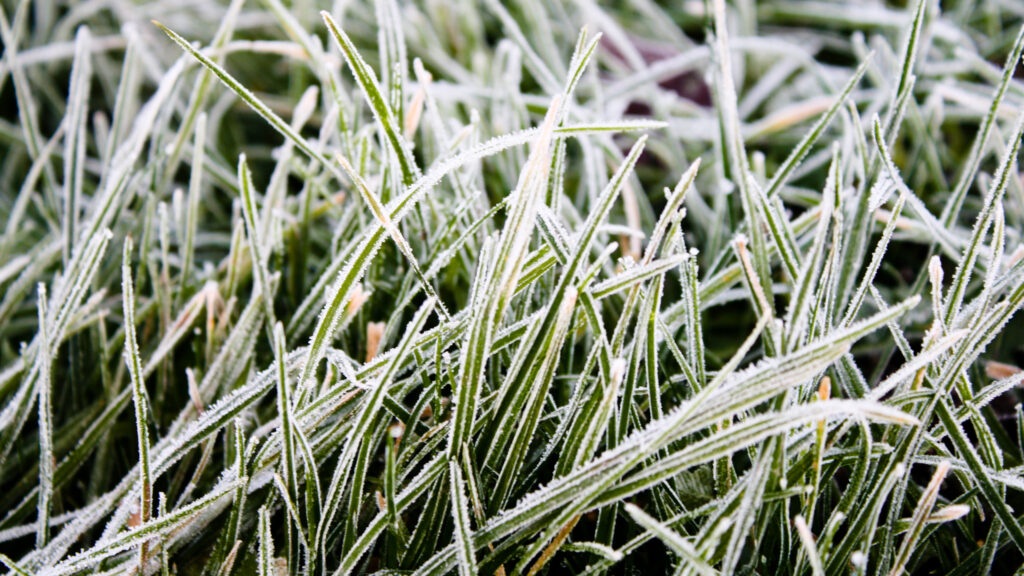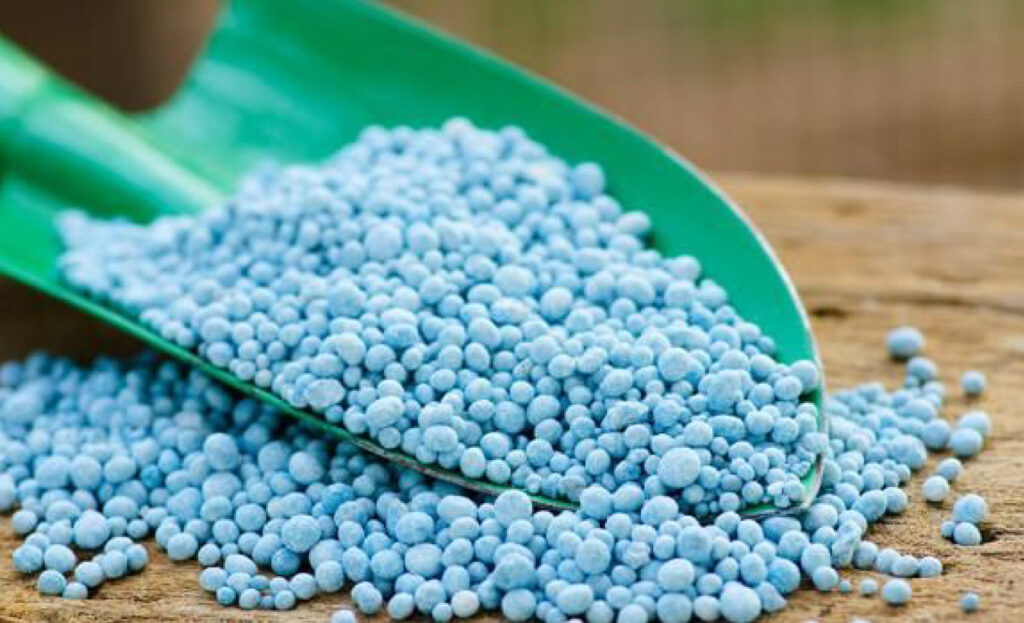4 Tips to Keep Your Landscaping Tools In Top Shape

With Springtime closing in quickly, it’s time to check if we have the tools ready to clean up that freeze damaged landscape!
Here is some tips for our customers:
While tools are essential to completing any job, tool maintenance can be easy to forget. However, regular maintenance can help preserve the integrity and effectiveness of your tools. Here is a guide to make sure you keep your tools in optimal working order.
Keep your tools sharp
To prevent you from having to work harder, make sure you always keep your tools sharp Cutters, loppers, pruners, shovels and hoes all dull with use. Sharpen them! Use a hand file, sharpening stone, or a power tool such as an electric angle grinder.
Sometimes, the blades may be beyond repair, are chipped, or have stopped cutting effectively. In that case, it’s time to replace that tool.
Keep your tools clean
No matter what, your tools will get dirty while working, so it’s important to clean them up when you’re done using them to avoid rust and dirt buildup, which will diminish the life and effectiveness of the tool. Wash with water first. You can wipe down your tools with a towel and WD-40. If you want to avoid contaminating your soil or edible plants, try the mixture using vegetable oil instead.
If you choose to clean your tools with water, make sure you thoroughly dry them afterward. Leaving water on your tools can cause them to rust. Leave in the sun to dry before storing. (we blow ours off with compressed air or use a leaf blower)
If your tools have already accumulated rust, use a stiff wire brush to remove rust from the surface.
Keep your tools healthy
Plants, trees and soil can harbor various harmful bacteria, viruses, pests or fungi. If you do not clean your tools every time you use them, you could potentially spread infestations from one job site to the next.
To avoid spreading harmful diseases to different landscapes, wipe down your tools with alcohol wipes when using your tools on different trees or in different soil. You can also sanitize your tools in a solution of two cups of bleach for every gallon of water.
Keep your tools moving
If you have a tool with moving parts, such as springs or pivot points, be sure to keep the moving parts lubricated and cleaned out as best you can. You can wash smaller tools like you’d wash silverware. Be careful not to cut yourself on the blades.
If your tools have a lot of dust lodged in the pivot points, or leftover water after washing them, you can use compressed air to blow it out of the small crevices. Then, lubricate your tools using WD-40.
Related Articles
Do You Have Slow Or Clogged Yard Drains? Here’s How To Fix Them.
Yard drains and driveway drains help remove rainwater from your property into the storm sewer or other…
Sprinkler Freeze Alert For The Houston Area
The temperature is expected to plunge in the Houston area for most of this week. Starting on…
High Temperatures Expect Throughout The Week – It’s Time To Service Your Sprinkler System
The Houston area is expecting temperatures to rise to the mid-nineties throughout the week. Hight heat can…
How to Prevent Fertilizer Burn During the Summer
During the warm summer months, everyone wants to enjoy their lawns. Unfortunately, the summer heat can also…




